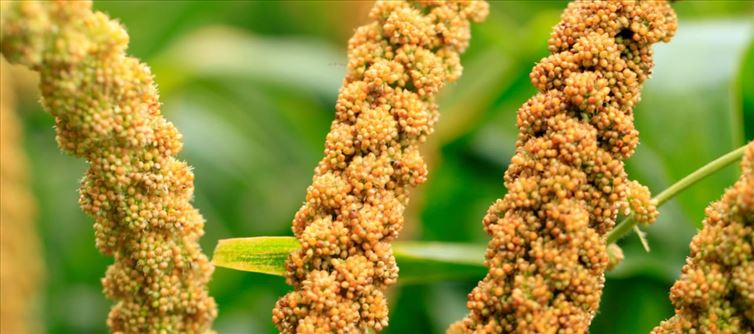
Accordingly millets, the ancient grains of the past, are making a remarkable comeback. Once overshadowed by rice and wheat, these nutrient dense grains including ragi, bajra, and jowar are now being recognized for their rich nutritional profile and role in promoting sustainable agriculture. As we celebrate the United Nations’ declaration of 2023 as the international Year of millets, there is growing awareness about how these grains can bridge the gap between traditional foods, modern nutrition, and global sustainability efforts.
Swarn Singh, director R&D, Kellanova South Asia, underscores the health benefits of millets, “Millets are packed with essential nutrients such as protein, fiber, calcium, and iron, making them valuable additions to modern diets," says Singh. “For example, ragi is a rich source of calcium, which is crucial for maintaining healthy bones. Bajra provides an energy boost, thanks to its high fiber content and antioxidants, while jowar, with its protein and fiber, helps sustain energy throughout the day." As consumers increasingly seek nutritious, wholesome foods, millets have become a key focus for the food industry. Singh explains, “The food industry is focusing on nourishing and nutritious foods that meet evolving consumer demands. Our product portfolio includes multigrain foods featuring millets, addressing the growing need for nutrient-dense, sustainable food choices."
Millets also stand out for their environmental benefits. “Millets are sustainable grains that require less water and are more resistant to droughts, making them resilient against climate change," Singh adds. “This places them firmly in the sustainable food category for the future." millets are more than just a trend. They represent a powerful fusion of traditional wisdom and modern nutrition. As we embrace millets, we not only honor ancient food traditions but also pave the way for a more sustainable and food-secure future.




 click and follow Indiaherald WhatsApp channel
click and follow Indiaherald WhatsApp channel